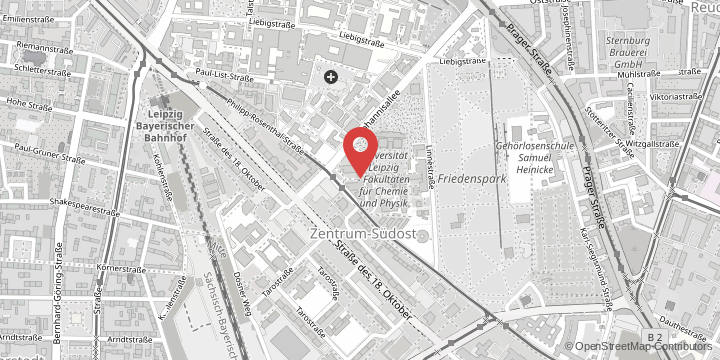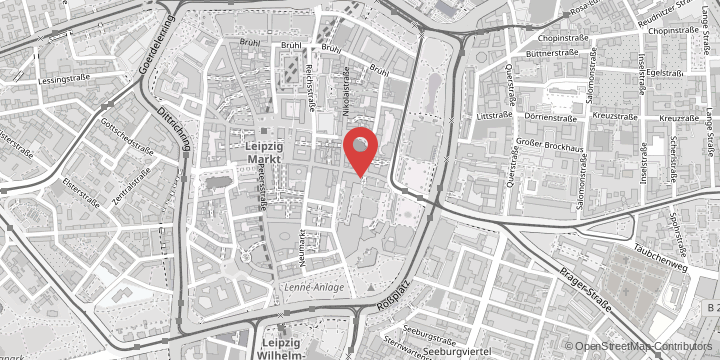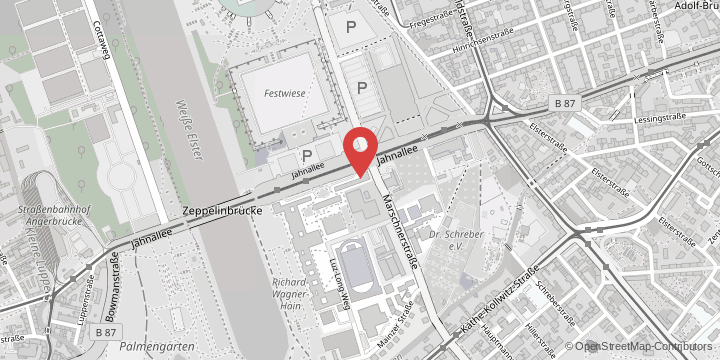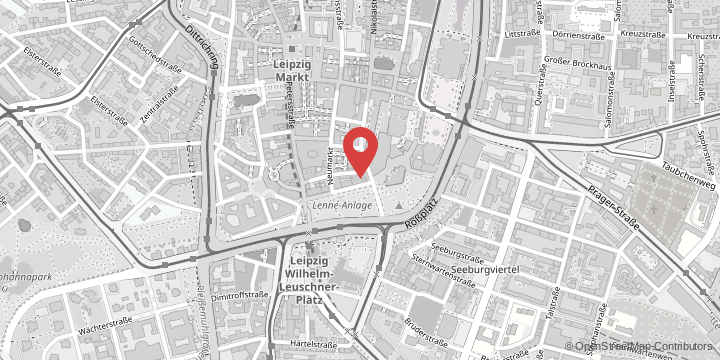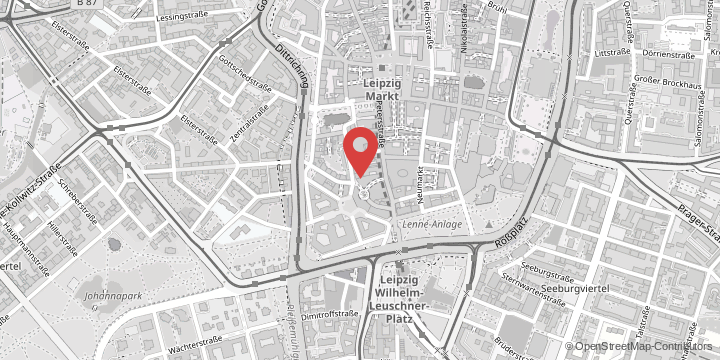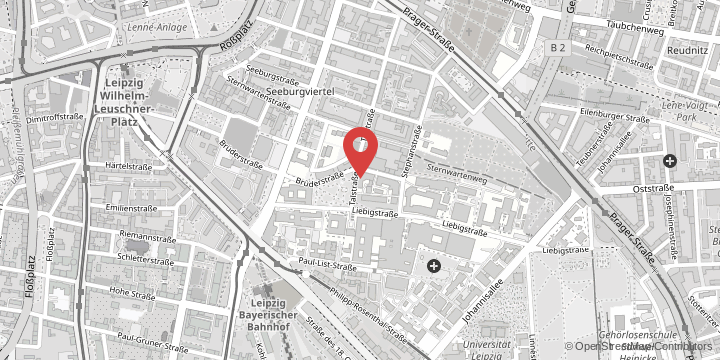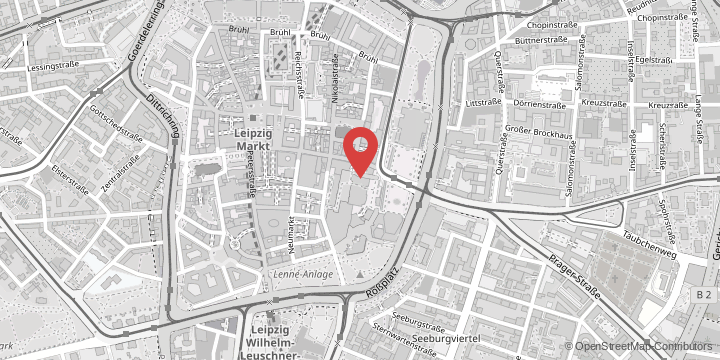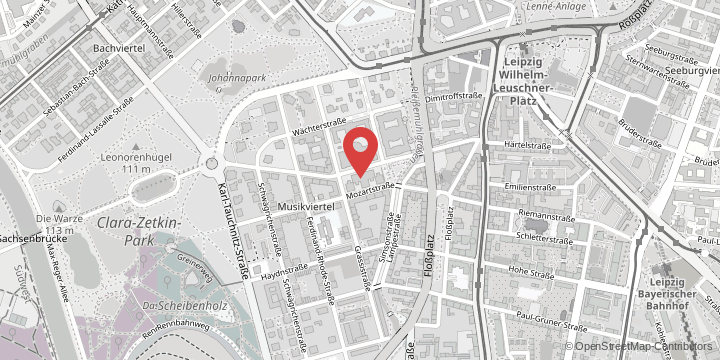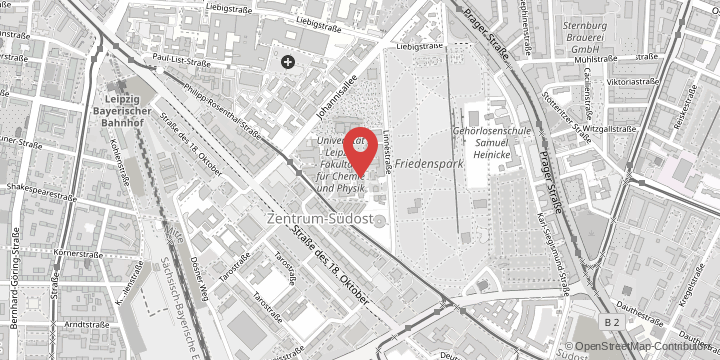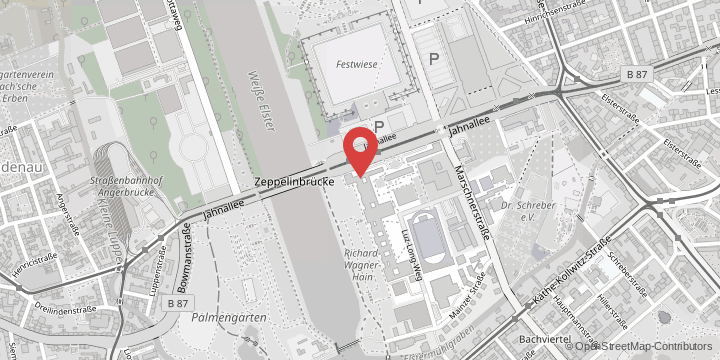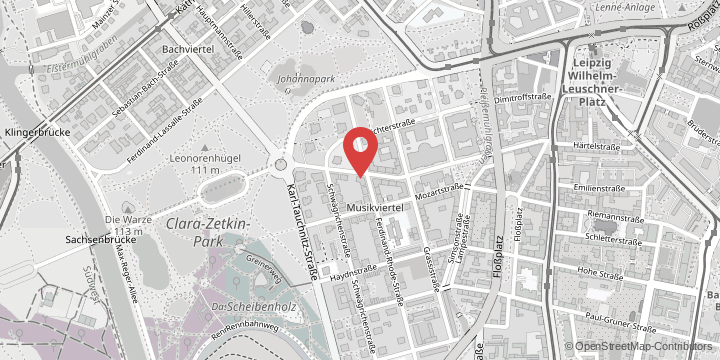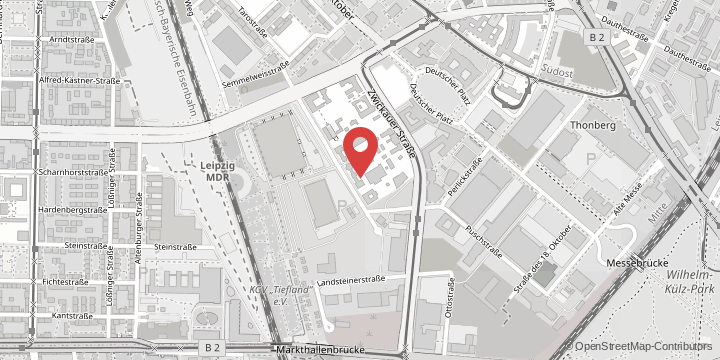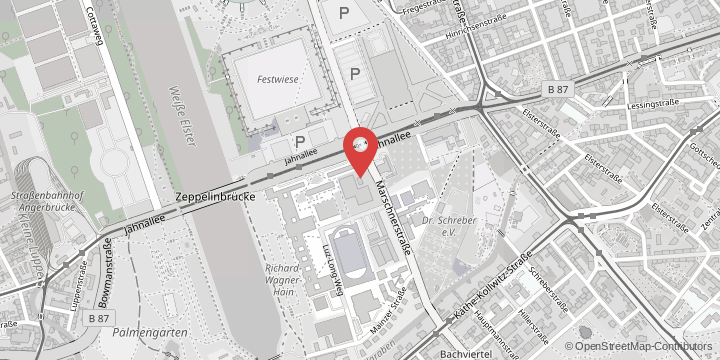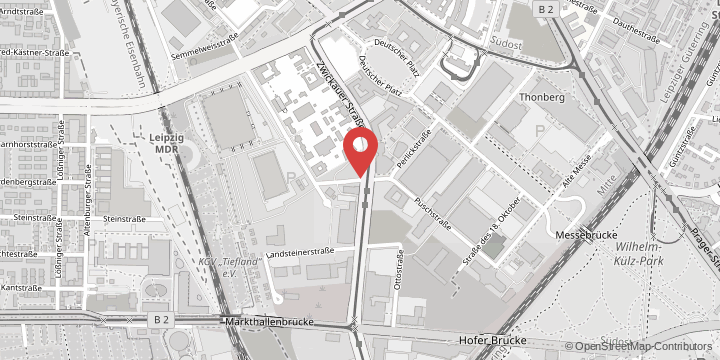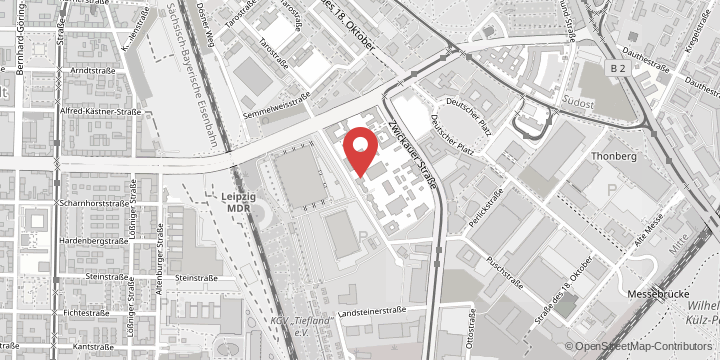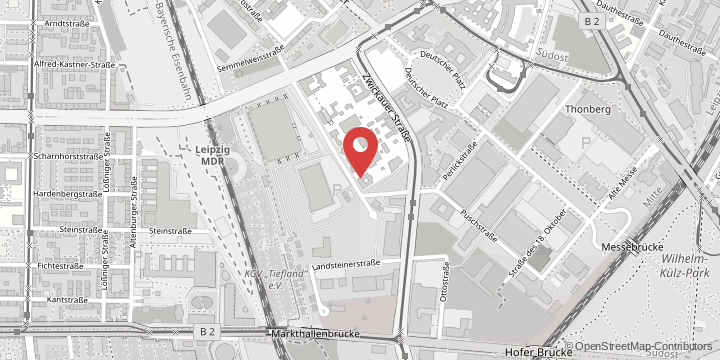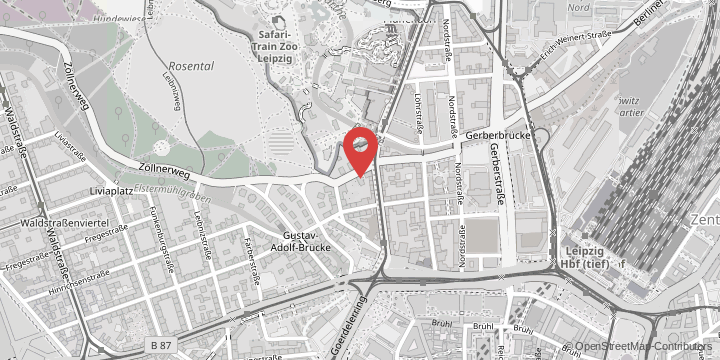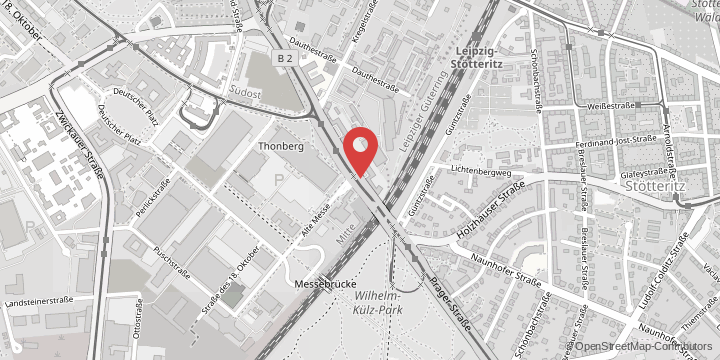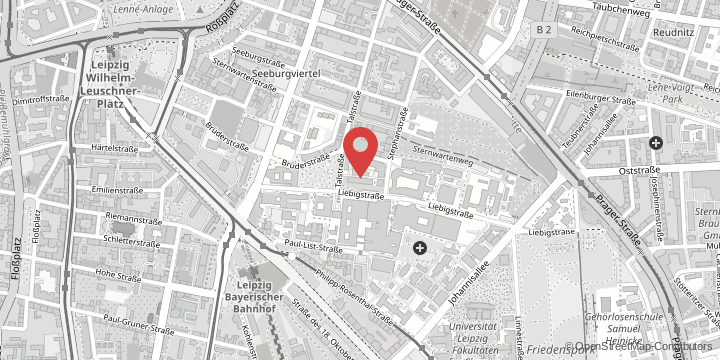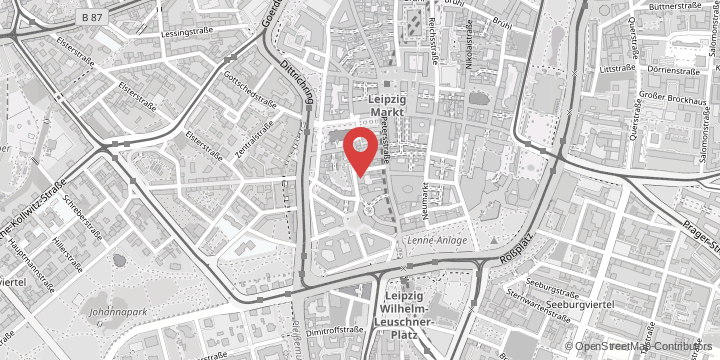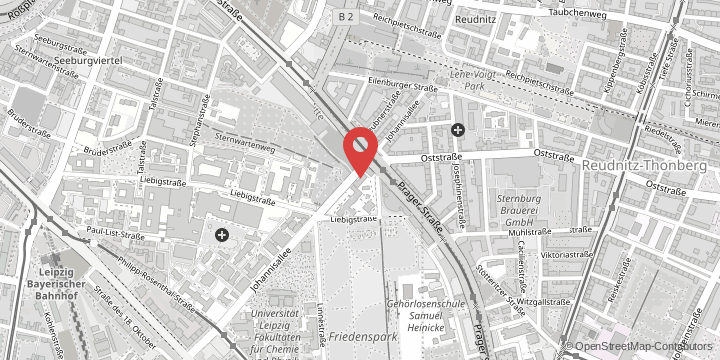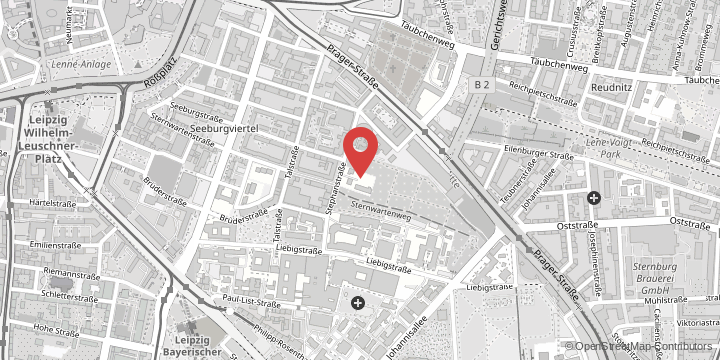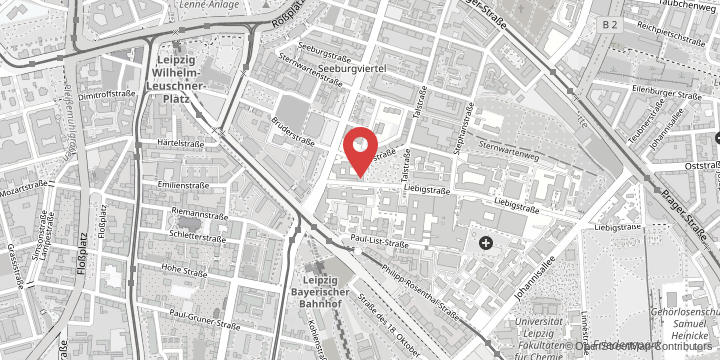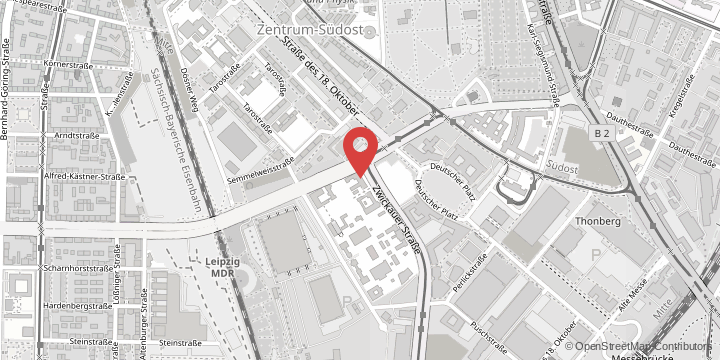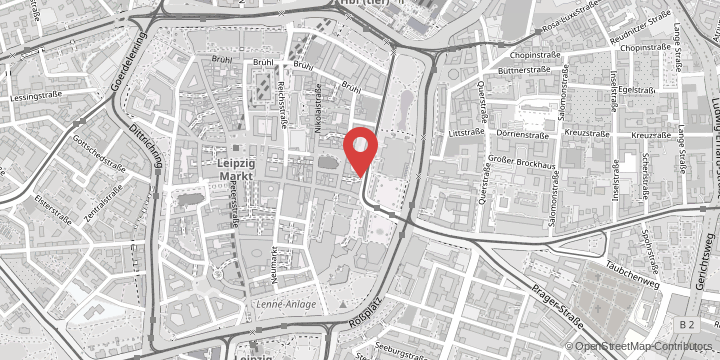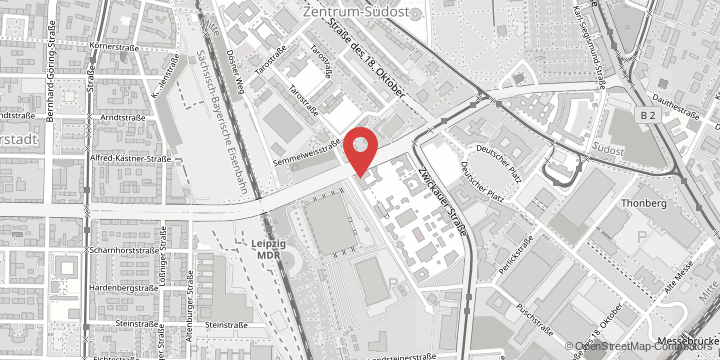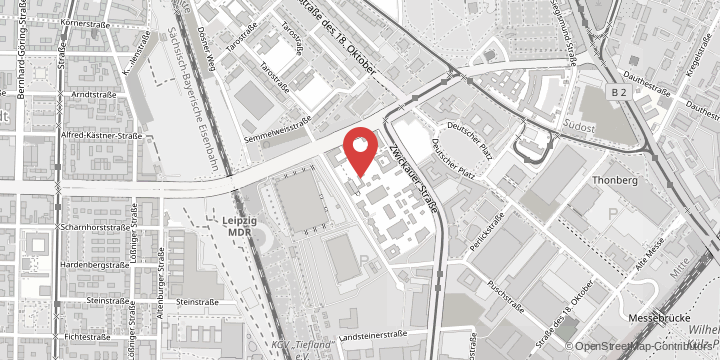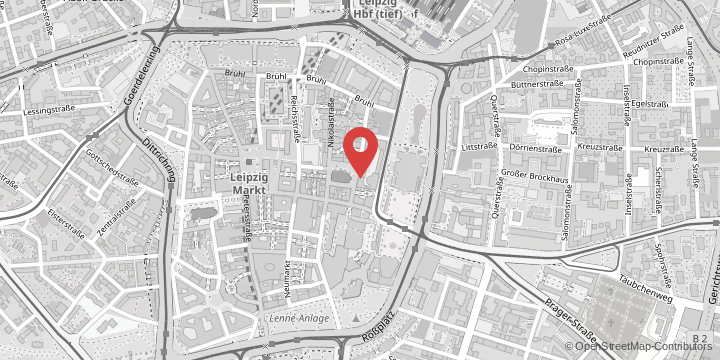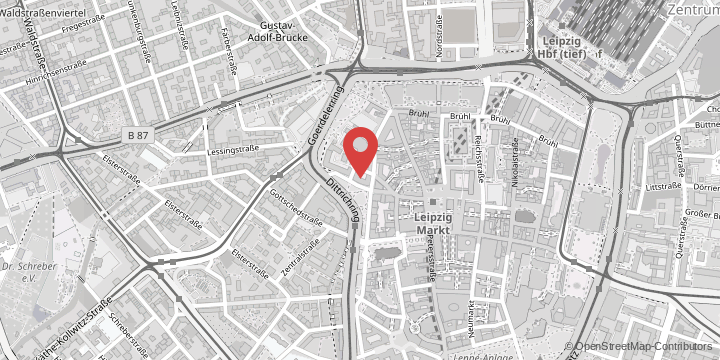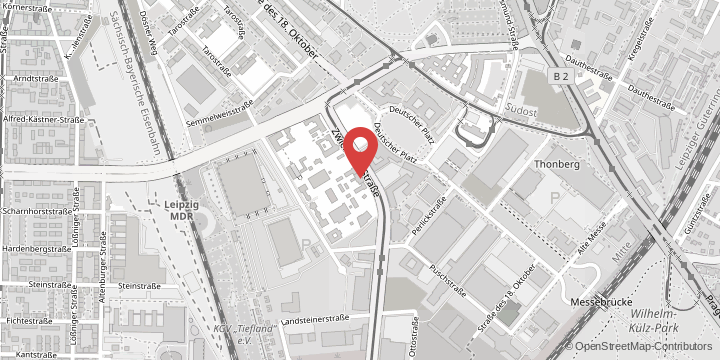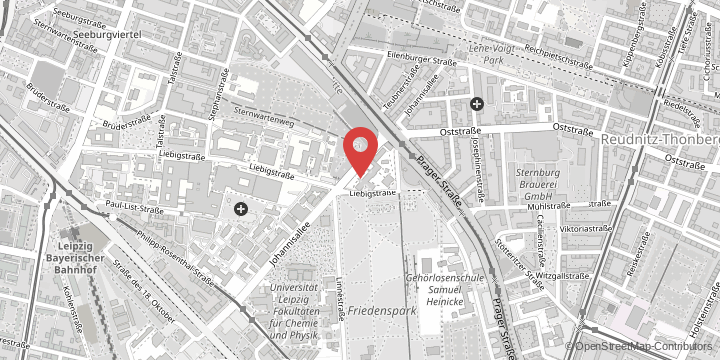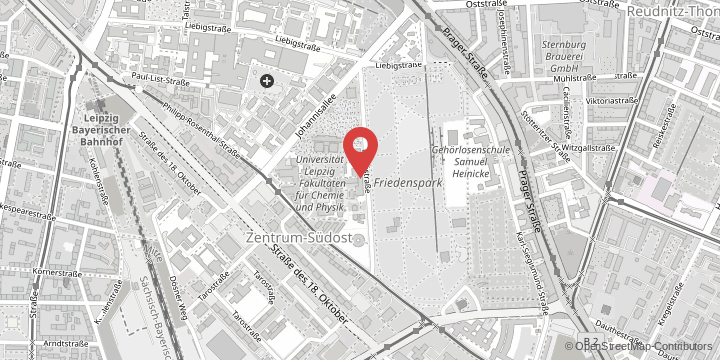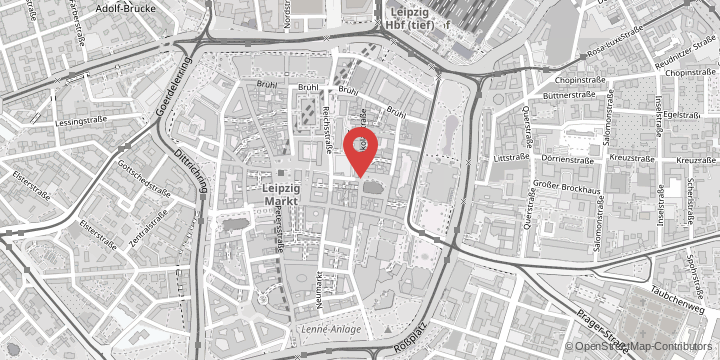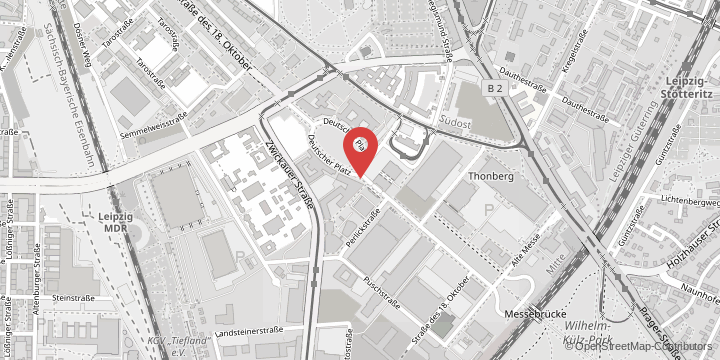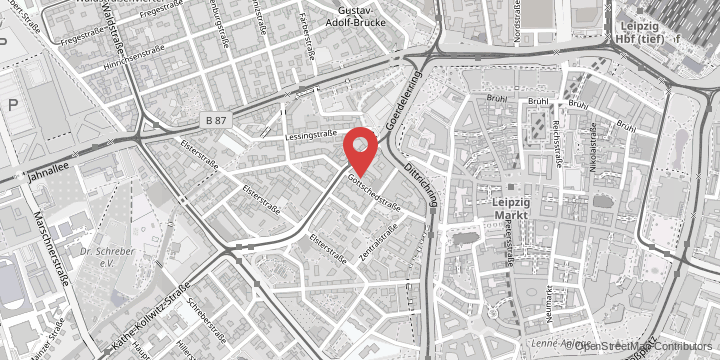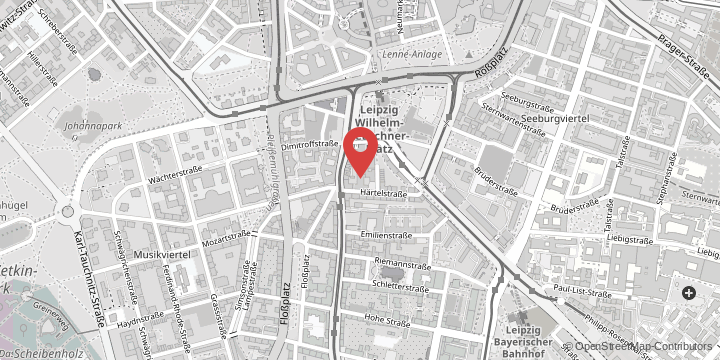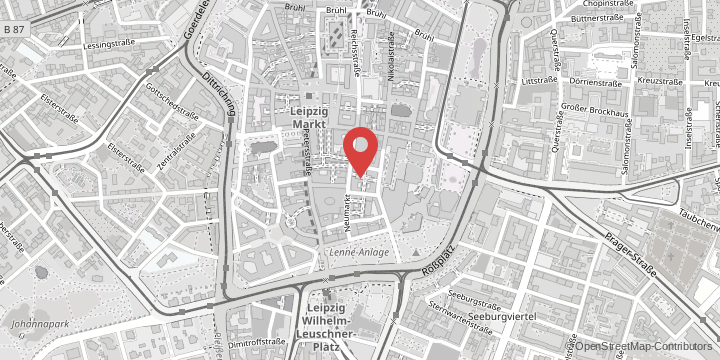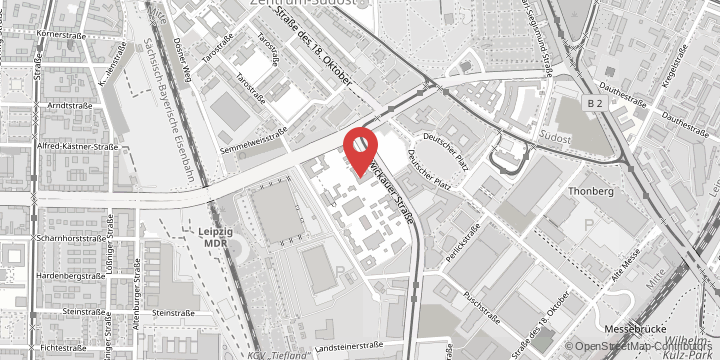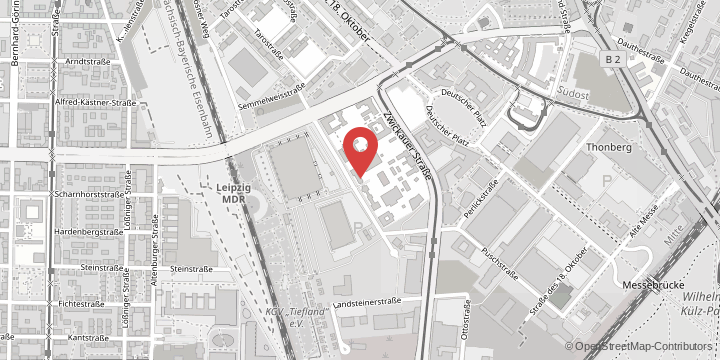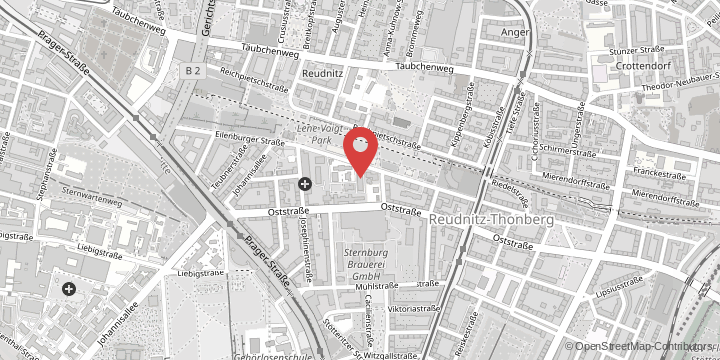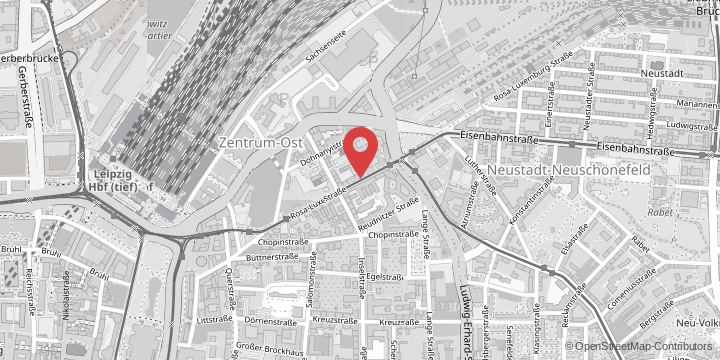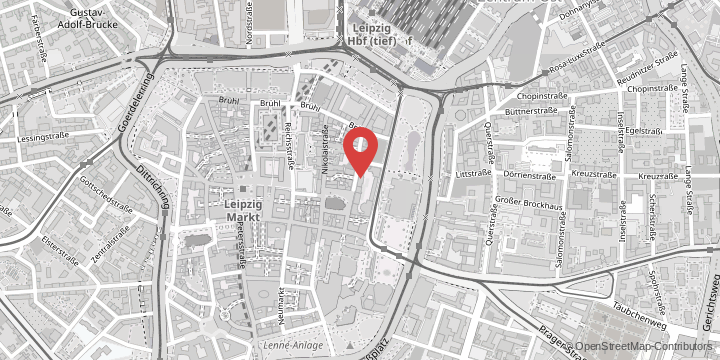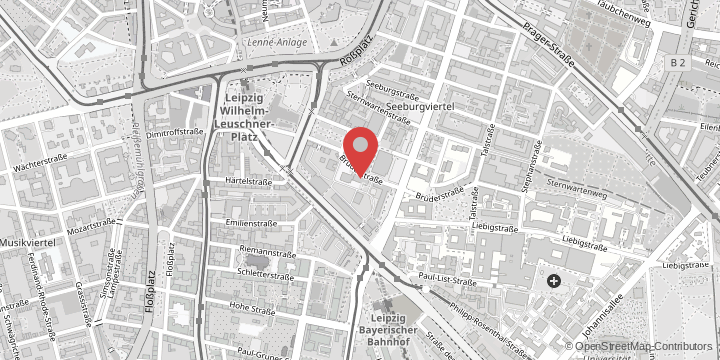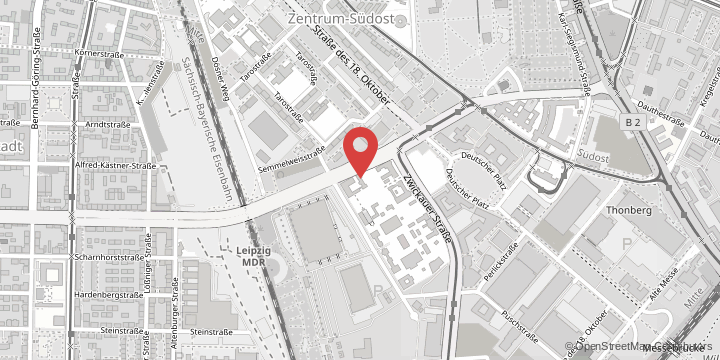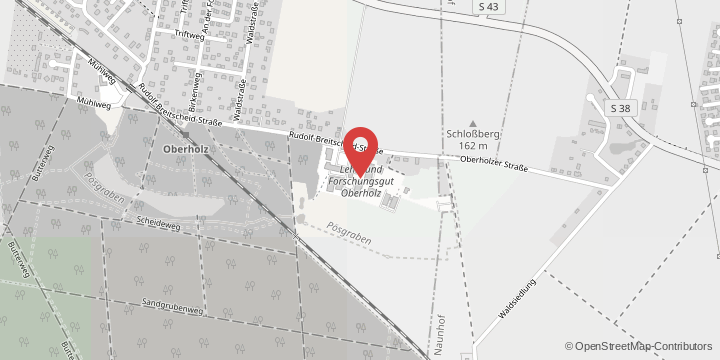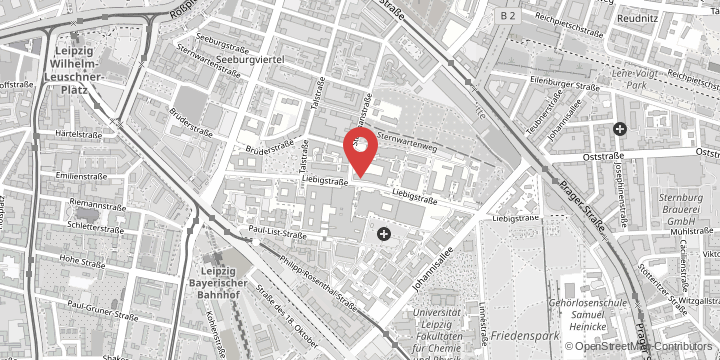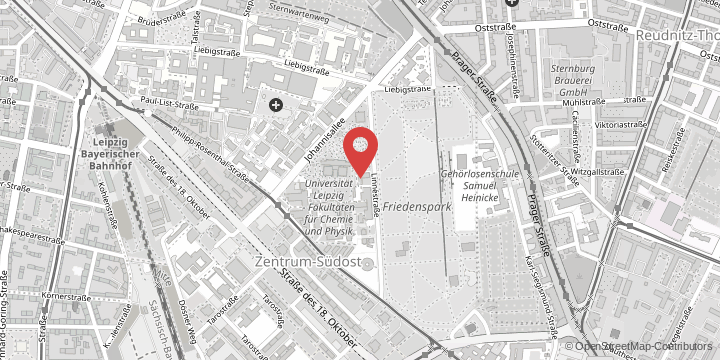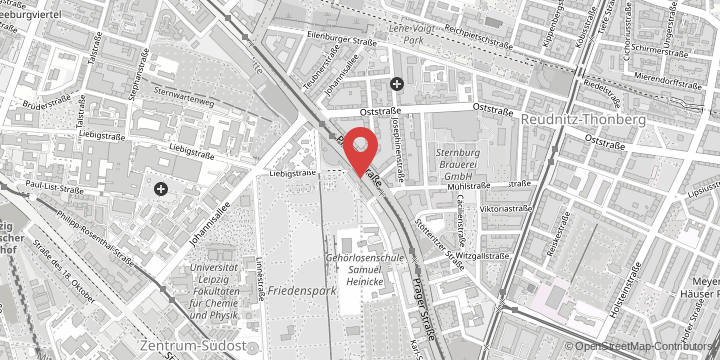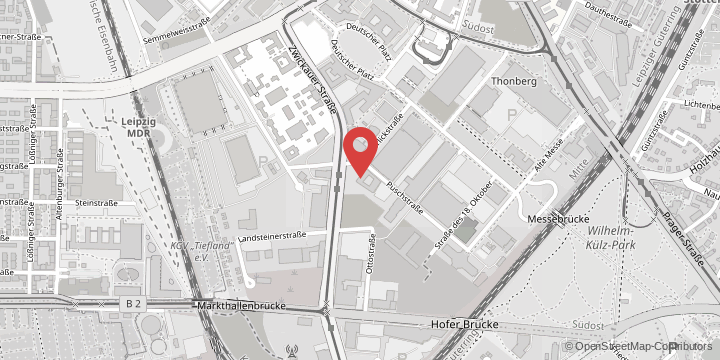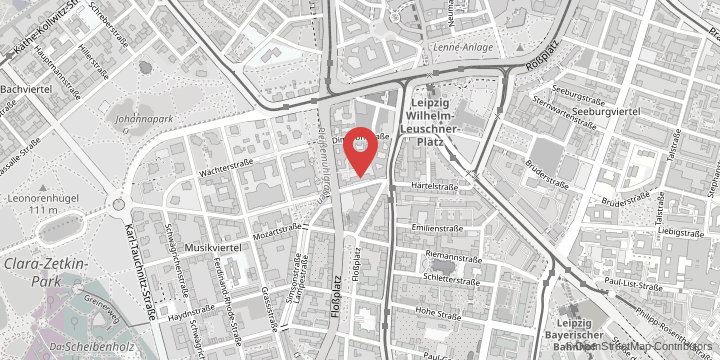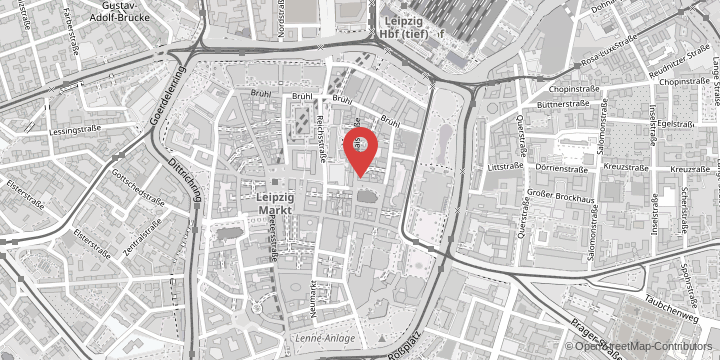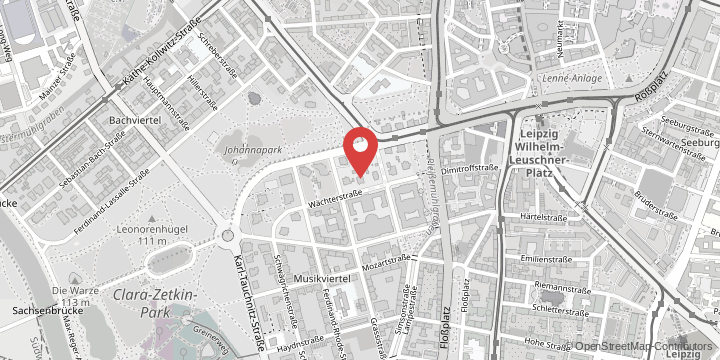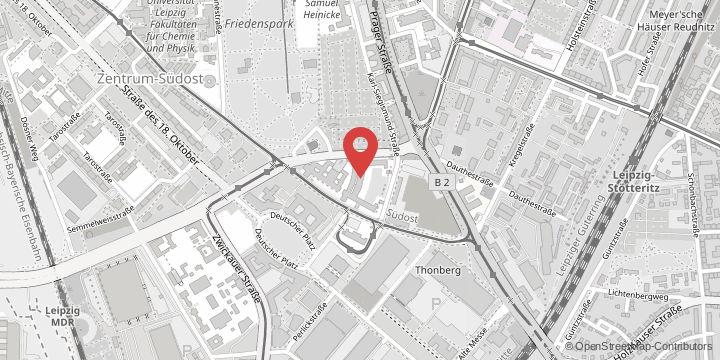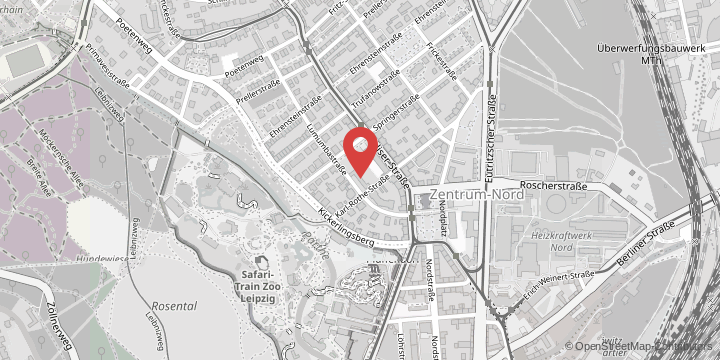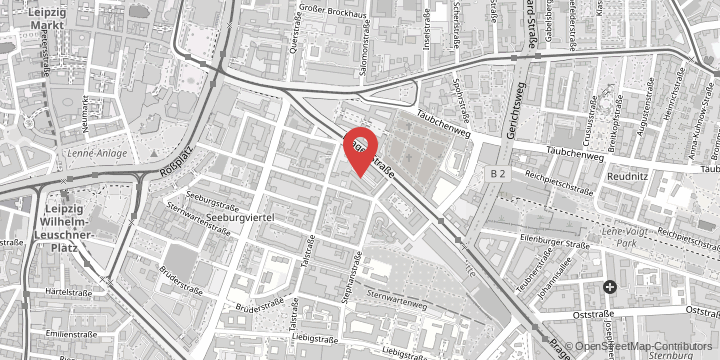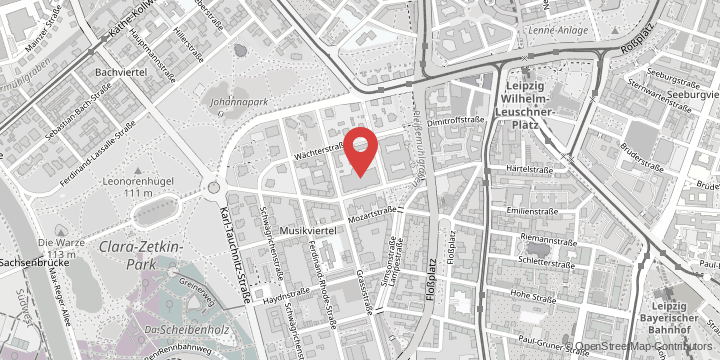Profile
Professional career
- since 01/2021
R-Schoenheimer-Institute of Biochemistry, Univ of Leipzig, Leipzig, Germany Group leader with Prof LiebscherResearch: Adhesion GPCRs, cell signaling, X-ray crystallography, EPR and NMR spectroscopy, Src kinases, Arrestins - 05/2015 - 12/2020
Department of Pharmacology, Vanderbilt University, Nashville, TN, USAPostdoctoral Fellow with Prof. Vsevolod Gurevich and Prof. Tina IversonResearch: Cell signaling, Arrestin, Src family kinases, G protein-coupled receptor, cell culture, recombinant protein expression, X-ray crystallography, NMR spectroscopy - 08/2013 - 04/2015
Department of Biochemistry, University of Cambridge, Cambridge, UKPostdoctoral Fellow with Dr. Daniel NietlispachResearch: G protein-coupled receptor, ß1-adrenergic receptor, insect cell expression, NMR-spectroscopy - 06/2009 - 08/2013
Institute of Medical Physics and Biophysics, University of Leipzig, Leipzig, GermanyGraduate StudentThesis: The extracellular lysine residues of in vitro folded neuropeptide Y receptor type 2 interacting with its ligand observed by NMR-spectroscopy
Education
- 01/2004 - 06/2009
Institute of Biotechnology, Martin-Luther University of Halle-Wittenberg, GermanyDiploma in BiochemistryThesis: Optimization of the in vitro preparation of prokaryotic expressed Y2-receptor for structural analysis by NMR spectroscopy
G protein-coupled receptors (GPCRs) are a family of 800 different membrane proteins in the human genome. The adhesion GPCR subgroup contains 33 family members, which are outstanding due to their very large extracellular domain. Surprisingly the length of the intracellular loops and C-terminus is very versatile and does not follow any obvious pattern. Inexplicable is why some receptors do have very short intracellular C-termini and others excessively long C-termini. It is evident that their intracellular architecture has an impact on the downstream signaling through different effectors. A mechanistical understanding of this structural regulation of signaling biased could provide a completely new insight into GPCR signaling transduction.
In the past, I was working with class A GPCRs as well as arrestins and their downstream effectors JNK and Src kinases. It is unknown how arrestins bind different downstream effectors and how the active structure of arrestin influences the binding. The aim was to understand the regulatory mechanism of arrestin on these different effectors. How structural rearrangements within the protein cause an activation of different kinases. We found specific binding motifs of Src family kinases within arrestin using techniques like X-ray crystallography, NMR spectroscopy, and classical biochemical approaches like peptide arrays and pull-down assays. Now I would like to use this knowledge and apply it to the field of adhesion GPCRs.
-
Certificate in STEM and Online Teaching, CiCT, Vanderbilt University, USA, 04/2020
-
Certificate in College Teaching, CiCT, Vanderbilt University, USA, 03/2020
-
Instructor, Chemical and Physical Biology, Vanderbilt University, USA, 09/2019
Module title: New approaches for practical and time efficient cloning, construct design and the strategic selection of protein-protein interaction techniques.
-
Lead instructor, Crystallography workshop, Vanderbilt University, USA, 06/2018 – 08/2018
A stepwise training for protein structure determination using X-ray crystallography for graduate students. The course included theory and practice for protein expression, purification, crystallization, data collection, structure determination and refinement.
-
Research Associate, Clare College, Cambridge, UK,10/2014 – 04/2015
Supervision of chemistry classes for undergrad students. Led discussions of lectured material, discussed problems, provided feedback and prepared students for final exams.
-
Teaching Assistant, Department of Biochemistry, Cambridge University, UK, 10/2013 – 04/2015
Journal club supervision of graduate students. Led discussion, stepwise guiding through publications, encouraged students to critical thinking and explained new biochemical techniques
